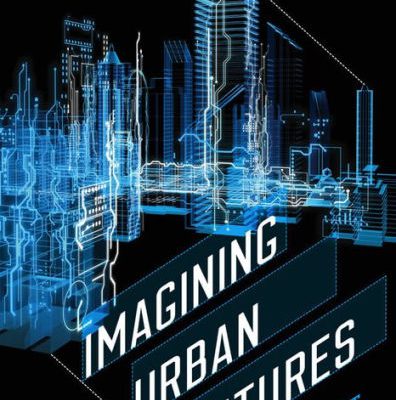Reading Response:Carl Abbott
At the beginning of the chapter I read, Carl Abbott puts up with a question—what is gained and what is lost when a city pulls up stakes? This profound question arouses my interest. Whereas, since a “moving city” has already existed in science fictions for centuries but still not common in the reality, maybe the latter is more worth thinking about. So, what is lost, or in another word, what inconvenience it has when embodying mobility? The first thing that comes to my mind is extra energy consumption and the limit of current technology. This is an easy-thinking point but
